Growing Awareness and Education
The Global Endoscopic Retrograde Cholangiopancreatography Market Industry is also witnessing growth due to increased awareness and education regarding biliary disorders. Healthcare campaigns aimed at educating both patients and providers about the symptoms and treatment options for biliary diseases are becoming more prevalent. This heightened awareness is likely to lead to earlier diagnosis and treatment, thereby increasing the demand for ERCP procedures. As more individuals understand the benefits of timely intervention, the market is expected to expand significantly, aligning with the overall trends in healthcare education and patient engagement.
Increasing Healthcare Expenditure
Rising healthcare expenditure across various regions is significantly impacting the Global Endoscopic Retrograde Cholangiopancreatography Market Industry. Governments and private sectors are investing more in healthcare infrastructure, which includes advanced diagnostic and therapeutic technologies. This increase in funding allows for the procurement of state-of-the-art endoscopic equipment and training for healthcare professionals. As a result, the market is poised for substantial growth, with projections indicating a rise to 6.39 USD Billion by 2035. Enhanced access to healthcare services, particularly in developing nations, further supports the expansion of ERCP procedures.
Technological Advancements in ERCP
Technological innovations play a crucial role in the expansion of the Global Endoscopic Retrograde Cholangiopancreatography Market Industry. The introduction of advanced imaging techniques, such as high-definition endoscopy and digital enhancements, has improved the accuracy and safety of ERCP procedures. These advancements not only facilitate better visualization of the biliary tree but also enhance the overall patient experience. As a result, healthcare providers are increasingly adopting these technologies, contributing to a projected market growth to 6.39 USD Billion by 2035. The integration of artificial intelligence in diagnostic processes further indicates a promising future for ERCP.
Rising Incidence of Biliary Disorders
The Global Endoscopic Retrograde Cholangiopancreatography Market Industry is experiencing growth due to the increasing prevalence of biliary disorders such as cholangitis and choledocholithiasis. As healthcare systems worldwide report a rise in these conditions, the demand for effective diagnostic and therapeutic procedures is escalating. In 2024, the market is projected to reach 2.28 USD Billion, reflecting the urgent need for advanced endoscopic techniques. This trend is likely to continue, as the World Health Organization indicates that biliary diseases are becoming more common, particularly in aging populations, thereby driving the adoption of ERCP procedures.
Growing Demand for Minimally Invasive Procedures
The Global Endoscopic Retrograde Cholangiopancreatography Market Industry is benefiting from a shift towards minimally invasive surgical techniques. Patients and healthcare providers alike are increasingly favoring procedures that reduce recovery time and minimize complications. ERCP, being a less invasive option for diagnosing and treating biliary and pancreatic disorders, aligns well with this trend. As the global healthcare landscape evolves, the demand for such procedures is expected to rise, contributing to a compound annual growth rate of 9.82% from 2025 to 2035. This shift not only enhances patient outcomes but also reduces the overall burden on healthcare systems.
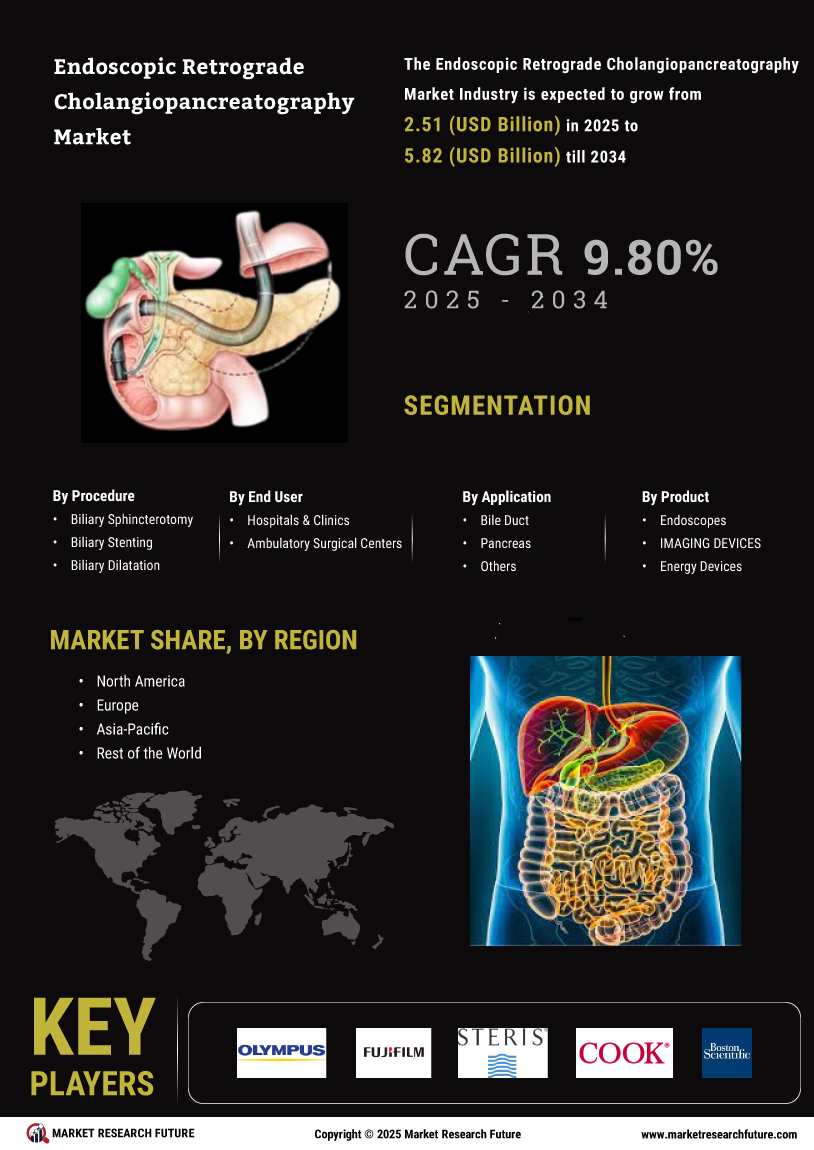

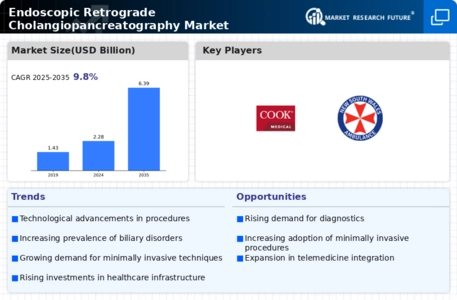

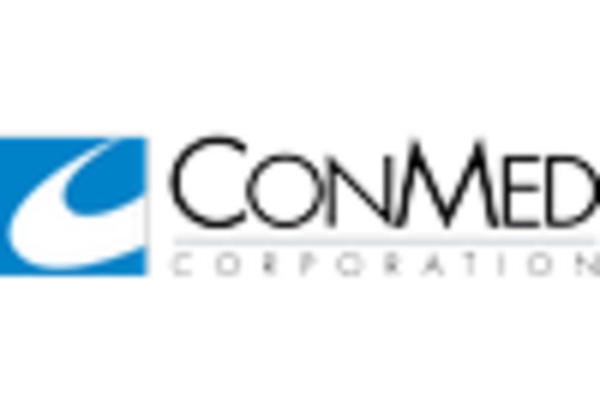
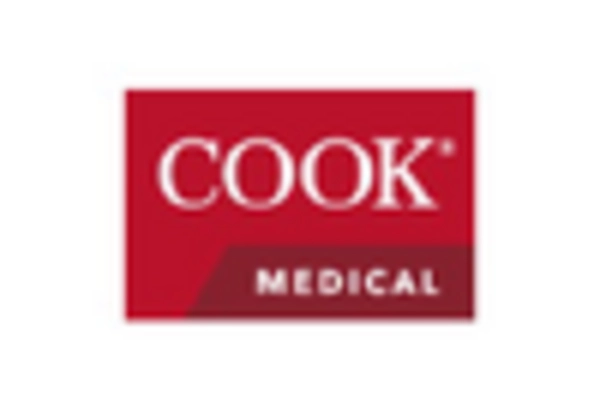


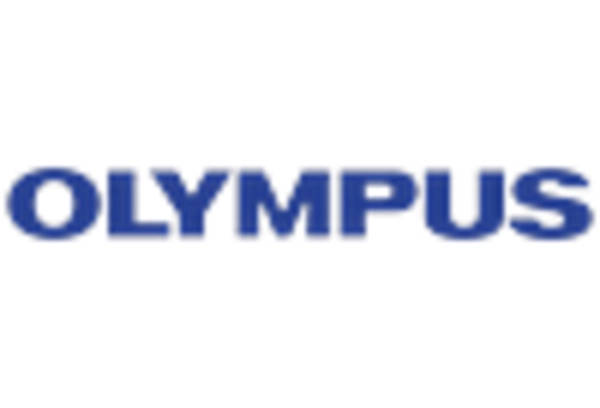








Leave a Comment